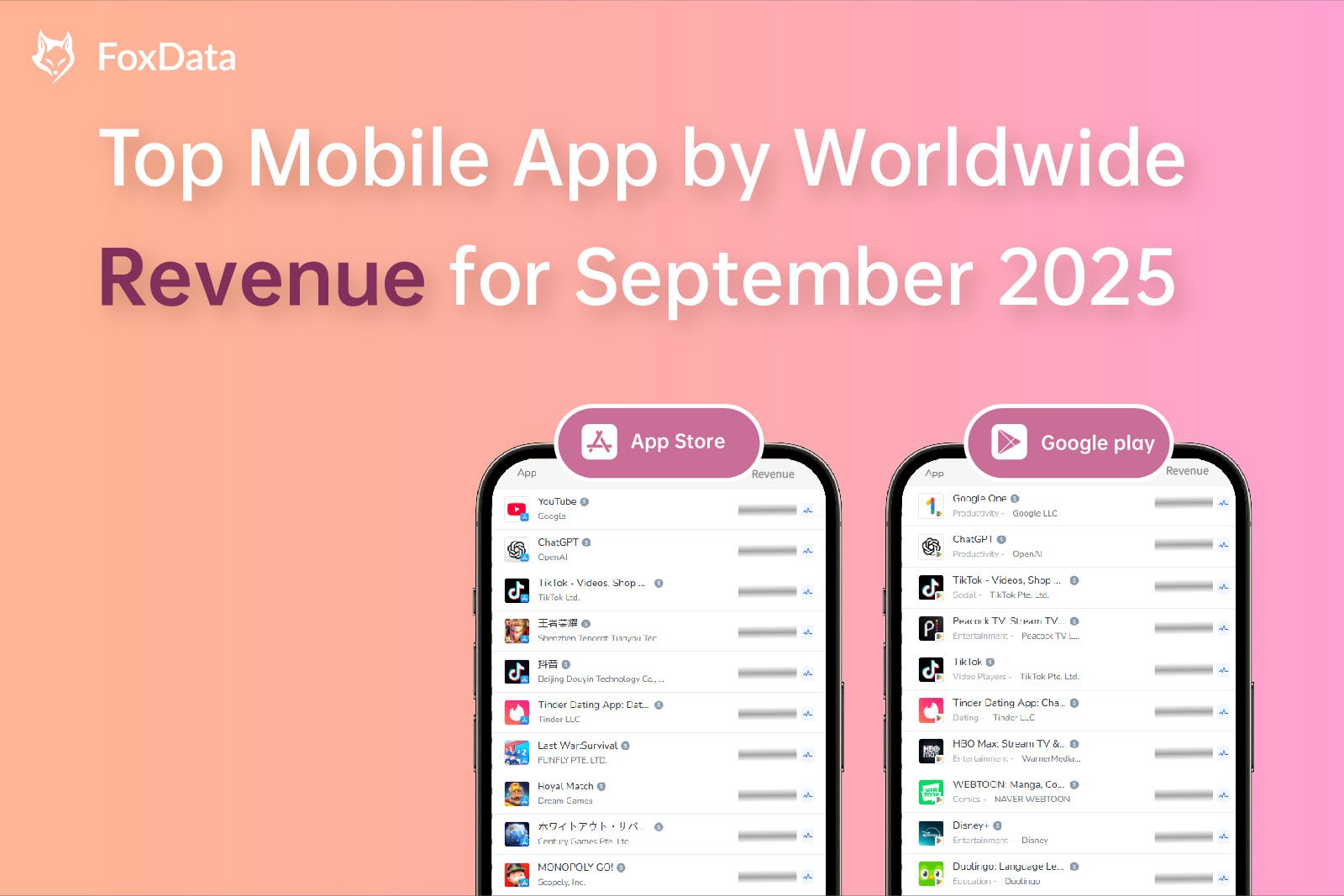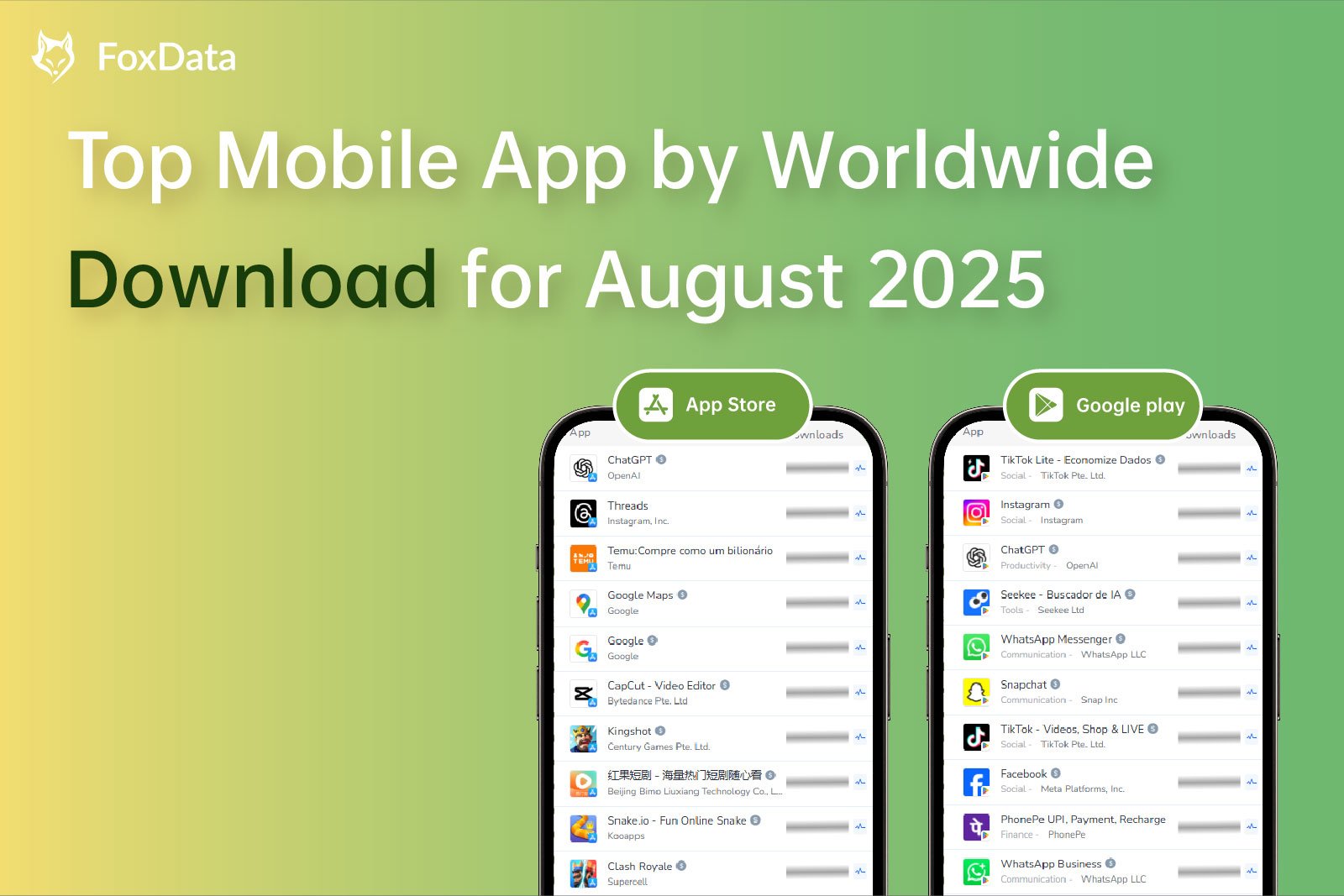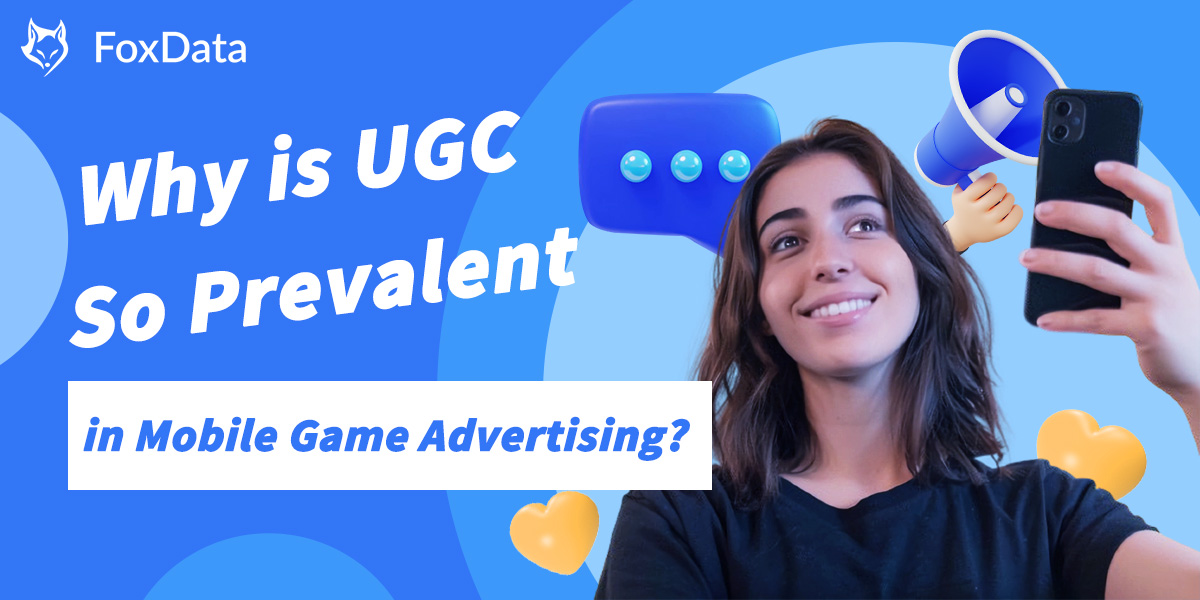
User-generated content (UGC) is revolutionizing mobile game marketing but remains surprisingly underexploited by many developers. This blog serves as a comprehensive guide to harnessing the power of UGC, covering everything from its basic understanding to detailed implementation strategies.
Table of Contents
☑️ Illustrative Examples of UGC in Mobile Game Ads
☑️ Why is UGC So Prevalent in Mobile Game Advertising?
☑️ How to Promote a Mobile Game Using User-Generated Content?
Illustrative Examples of UGC in Mobile Game Ads
Monopoly GO is a illustrative examples of UGC in mobile game ads. Scopely's Monopoly GO has quickly climbed the charts to become a leading game in the mobile gaming sector. A key aspect of its success lies in its innovative user acquisition strategies, particularly the use of user-generated content (UGC) in its marketing efforts.
In a standout UGC advertisement, the screen is effectively split into two sections. On the left side, a Millennial male, representing the typical player, shares his screen space. The right side features dynamic footage from the game itself. As the video progresses, the player narrates his positive experiences with Monopoly GO, accompanied by subtitles for clarity.
The message he shares is straightforward yet compelling: fans of the traditional Monopoly board game will find Monopoly GO equally delightful. He emphasizes this by pointing out the engaging and fun elements that the mobile version brings to the classic game.
Read more about why Monopoly Go acheive such success 👉 Monopoly Go Has Been Storming Top Charts: Not Just About Monopoly IP
🎬
Content will be displayed after page load
Why is UGC So Prevalent in Mobile Game Advertising?
The success of user-generated content (UGC) in mobile game advertising can be attributed to several key factors. Understanding these factors can help maximize the effectiveness of your marketing campaigns.
Authenticity and Trustworthiness
UGC is perceived as more authentic than brand-produced content, establishing a higher level of trust with potential players. Even when the creators are compensated, their firsthand experience as players lends an air of authenticity that resonates with the audience, something traditional advertising often struggles to achieve.
Social Proof
Social proof, a psychological concept that illustrates how individuals are strongly influenced by others, plays a significant role in the effectiveness of UGC. In the realm of mobile gaming, UGC acts as a powerful endorsement of a game's quality and enjoyment level. Observing others enjoy a game can motivate potential players to download and try the game themselves.
Cost-Effectiveness
UGC is often a more cost-effective advertising strategy. UGC advertisements are typically cheaper to produce and can lead to a lower cost-per-acquisition. This dual advantage often results in a higher return on investment (ROI), making UGC a financially prudent choice for advertising.
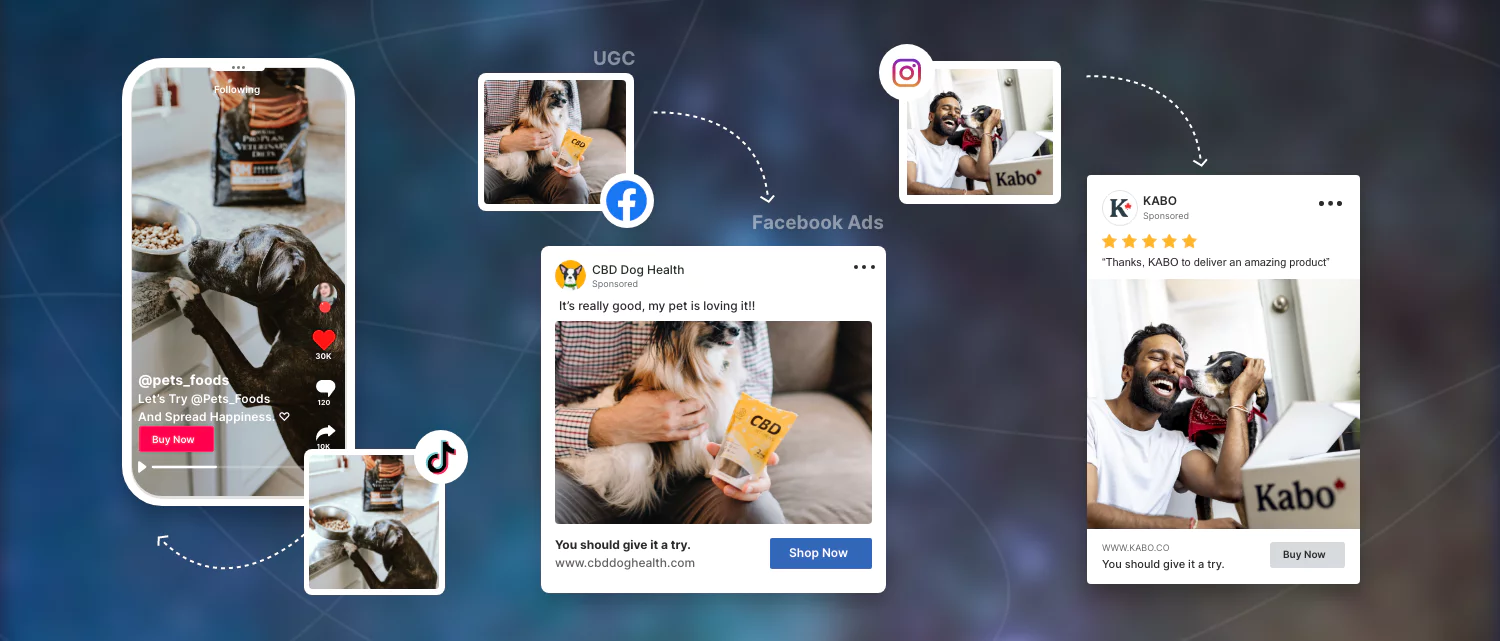
Increased Click-Through Rates (CTR) and Engagement
According to data from AppSamurai, UGC-based ads yield four times higher CTRs and a 50% reduction in cost-per-click. Furthermore, combining UGC with professional content can boost engagement by up to 28%.
Viral Potential
Lastly, UGC possesses a robust potential for virality, a significant benefit for attracting new players. A single piece of content that gains traction can dramatically increase a game's visibility, particularly on social media platforms, encouraging more players to try the game.
Read more to make your apps go viral👉 6 Reasons Your App Isn't Going Viral

Black Friday · Up to 50% Off FoxData
Unlock our biggest discount of the year.
Save up to 50% on FoxData plans from Nov. 21 to Dec. 8 and power up your app growth.
How to Promote a Mobile Game Using User-Generated Content?
User-generated content (UGC) is a powerful tool for advertising your mobile game. Here’s how you can leverage UGC effectively in five clear steps.
Step 1: Develop Engaging Ad Concepts and Scripts
The journey begins with brainstorming creative ad concepts that resonate with your audience. User-generated content should be the foundation of your campaign, focusing on engaging and relatable content. Popular styles include testimonials, reviews, and humorous sketches. You can either provide a detailed script to guide content creators or allow them creative freedom, ensuring they understand the campaign’s goals.
Step 2: Choose and Collaborate with Suitable Content Creators
The next step involves selecting content creators who align with your game’s genre and target audience. For instance, if your game targets women over 30 who enjoy casual gaming, choose a creator who reflects this demographic to enhance relatability and trust. Platforms like Influee, Billo, and Cameo can help find the right creators, ranging from popular influencers to celebrities, depending on your needs and budget.
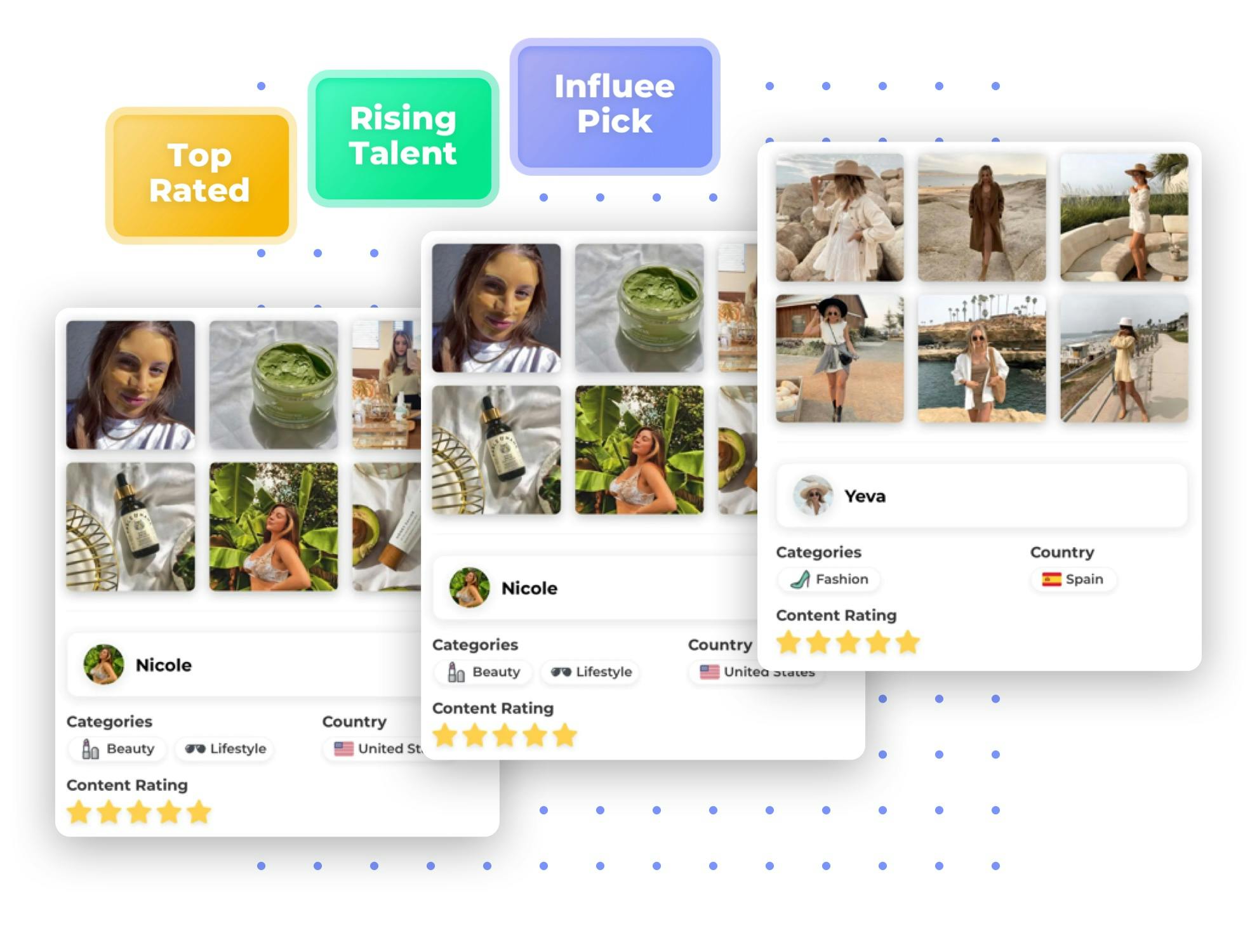
Step 3: Edit the User-Generated Content
After filming, gather a variety of footage, including direct testimonials and b-roll clips. This diversity allows for flexibility in editing and creating multiple ad variants, which is useful for testing and optimizing your ads. Integrate gameplay footage and other elements like logos and calls to action to enrich the content and make the ads more engaging and effective.
Step 4: Launch UGC Ad Campaigns Across Multiple Platforms
With your video ad ready, distribute it across various advertising networks suitable for your game. Begin with a testing phase to run different ad variations and analyze performance metrics. This approach helps identify the most effective version of the ad, allowing you to optimize your campaign based on data-driven insights.
Step 5: Refine Your Campaign Based on Performance Insights
Use the data from your initial tests to understand what works and what doesn't. Iteratively refine your ads based on these insights to improve your campaign’s effectiveness. The goal is to reduce player acquisition costs while maximizing return on investment (ROI) and return on ad spend (ROAS).
In the dynamic realm of mobile gaming, UGC stands out as a robust tool for engaging potential players and expanding your game’s reach. This guide has outlined why UGC is effective and how to strategically implement it. For game developers looking to elevate their marketing strategies, embracing UGC could lead to substantial growth and success in user acquisition.
For further assistance or to explore successful app marketing strategies tailored to your needs, feel free to click here to read more.
Unlock Future Gaming Success! Follow Us for Exclusive Insights! 🎮
Ready for more? Follow for exclusive insights and strategic recommendations. 🌐






